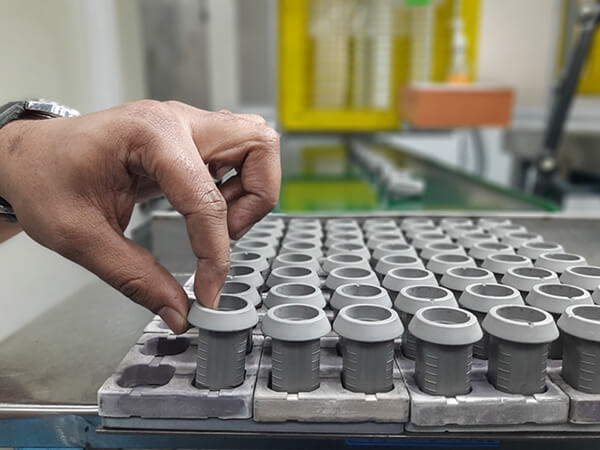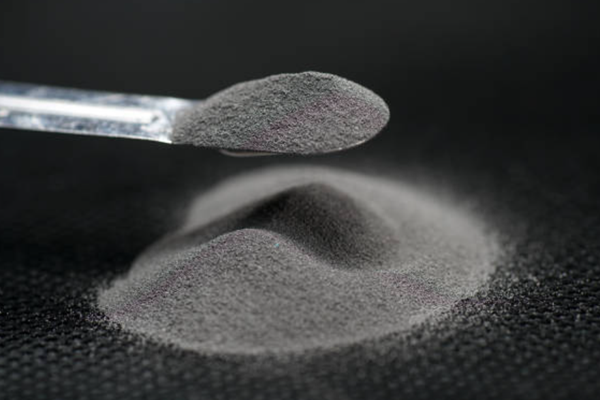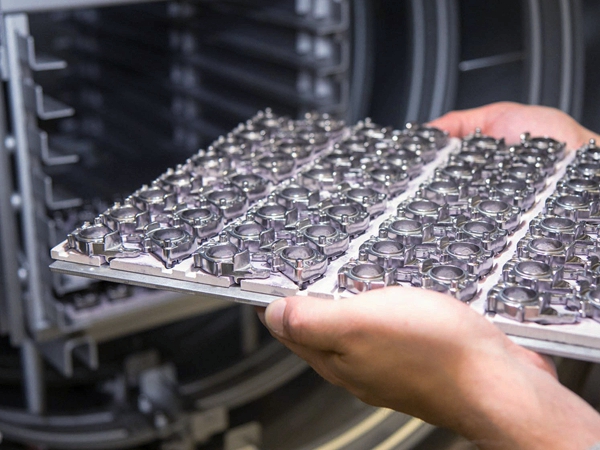Inconel 713LC
Inconel 713LC Similar grades
IN 738
Introduction to Inconel® 713LC
Inconel® 713LC is a high-tech nickel-based alloy tailored for environments demanding exceptional hot corrosion resistance and mechanical strength. Originating from its predecessor, K418, this alloy undergoes specific modifications, notably a reduction in phosphorus content, to enhance its performance. Notably surpassing the K438 in terms of durability and strength, Inconel® 713LC is a material of choice for challenging industrial applications, albeit at a higher cost, attributed to its phosphorus removal process during manufacturing.
Applications
Inconel® 713LC finds its applications in several high-demand industries due to its exceptional properties, including high strength at elevated temperatures, excellent hot corrosion resistance, and good fatigue life. Here are some of the critical applications of Inconel® 713LC:
Aerospace Industry
Turbine Blades and Vanes: Inconel® 713LC's resistance to oxidation and thermal fatigue makes it ideal for turbine blades and vanes in jet engines. These components require materials that can withstand high temperatures and stresses for long durations without losing their integrity.
Exhaust Systems: The alloy's excellent hot corrosion resistance makes it suitable for exhaust system components, where materials are exposed to aggressive combustion environments.
Power Generation
Gas Turbine Components: Similar to its applications in the aerospace industry, Inconel® 713LC is used in gas turbines for power generation. Components like combustor cans and transition ducts benefit from the alloy's ability to maintain strength and resist corrosion at high temperatures.
Nuclear Reactor Components: The alloy's stability under irradiation and resistance to corrosion make it suitable for specific components within nuclear reactors, where materials must endure harsh operating conditions.
Automotive Industry
Turbocharger Components: Inconel® 713LC is used in manufacturing turbocharger rotors and other components that face high temperatures and corrosive exhaust gases, enhancing the efficiency and longevity of automotive engines.
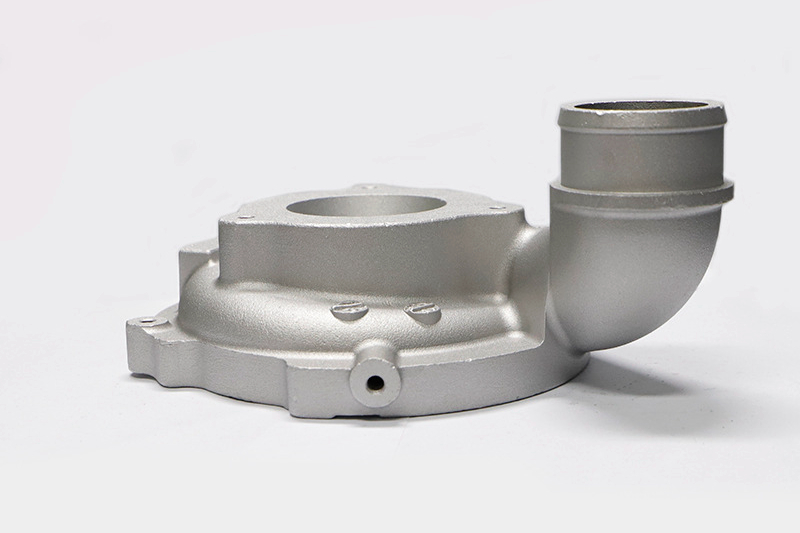
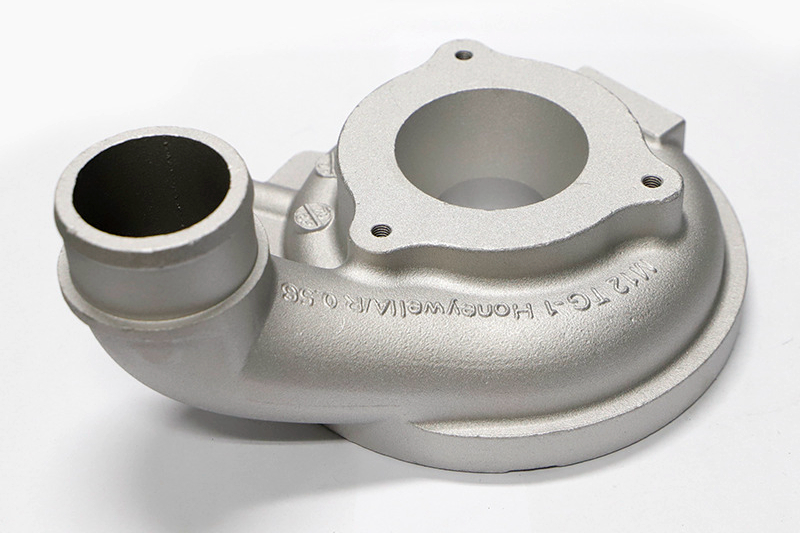
Oil and Gas
Drilling and Wellhead Equipment: The alloy's strength and corrosion resistance are valuable in oil and gas extraction processes in corrosive, high-pressure, and high-temperature environments.
Chemical Processing
Process Equipment in Corrosive Environments: Inconel® 713LC's resistance to corrosion makes it suitable for reactors, heat exchangers, and other equipment used in chemical processing industries, especially those involving corrosive substances at high temperatures.
Marine
Propulsion Systems: The alloy's resistance to seawater corrosion and biofouling makes it suitable for components in marine propulsion systems, including propellers and shafts, especially in high-performance and military vessels.
The diverse applications of Inconel® 713LC across various industries highlight its versatility and critical role in advancing technology and improving the reliability and efficiency of high-performance components. Its ability to perform under some of the most challenging conditions makes it a material of choice for engineers and designers seeking to push the boundaries of what's possible.
Composition and Properties
The alloy's composition is meticulously designed to offer a blend of durability and resistance to hot corrosion. While specifics on percentages of nickel, chromium, and other elements are proprietary, these components are balanced to achieve a material that not only withstands high temperatures but also maintains structural integrity under stress.
Inconel® 713LC Typical values(Weight%) | |||||||||||||||||||||
C | Cr | Co | W | Mo | AI | Ti | Fe | Nb | Ta | B | Mn | Si | P | S | Cu | Pb | Bi | As | Sn | Sb | Ni |
0.13-0.20 | 15.3-16.3 | 8.0-9.0 | 2.3-2.9 | 1.4-2.0 | 3.5-4.5 | 3.2-4.0 | ≤0.20 | 0.4-1.0 | 1.4-2.0 | 0.005-0.015 | ≤0.20 | ≤0.01 | ≤0.0005 | ≤0.01 | ≤0.10 | ≤0.001 | ≤0.0001 | ≤0.005 | ≤0.002 | ≤0.001 | Bal. |
Powder Characteristics
Inconel® 713LC is a precipitation-hardening, nickel-chromium alloy used extensively in turbine engine and airframe components due to its excellent high-temperature strength and corrosion resistance. The "LC" in its name stands for "Low Carbon," which means it has been modified to have a lower carbon content, enhancing its weldability and reducing its susceptibility to post-weld cracking. This modification, however, doesn't significantly affect its mechanical properties. The alloy is known for its use in environments requiring high strength and good resistance to oxidation and corrosion at temperatures up to about 800°C (1472°F).
Mechanical properties after the finished product | Powder state | ||||||||||||||||
Yield Strength | tensile strength | Elongation | size | 0- 15μm | 15-45μm | 45-75μm | 45- 150μm | ||||||||||
R p0.2/MPa | R m/MPa | δ5 /% | |||||||||||||||
Horizontal | ≥ 850 | ≥ 1100 | ≥15 | form | spherical | spherical | spherical | spherical | |||||||||
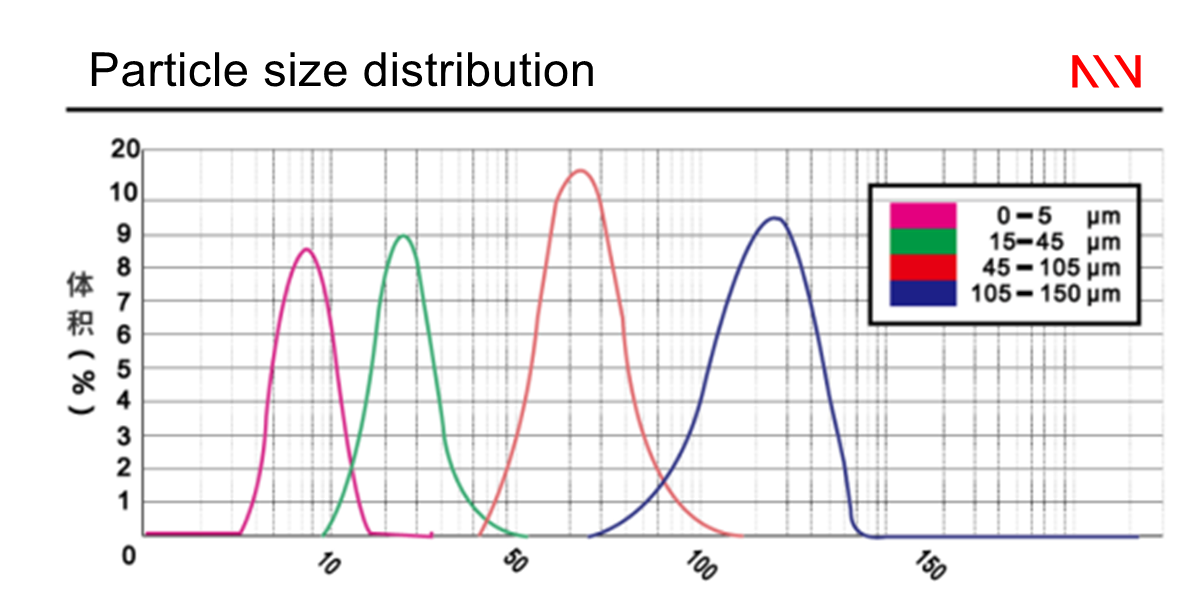
Physical Properties
Inconel® 713LC powders are specifically engineered for additive manufacturing and powder metallurgy, which can fabricate complex components for high-temperature applications, particularly in the aerospace and power generation industries. Below are the typical physical properties, manufacturing techniques, and production advantages associated with Inconel® 713LC powders:
Density: Approximately 8.1 g/cm³, typical for nickel-based superalloys, contributing to their high strength-to-weight ratio.
Specific Surface Area: This property can vary based on the powder's particle size distribution, but Inconel® powders often exhibit a specific surface area conducive to good powder-bed fusion and sintering behavior.
Sphericity: High, usually above 95%, ensuring excellent flowability and uniform packing density, critical for consistent layering in additive manufacturing processes.
Bulk Density: Typically ranges between 4.5 to 5.5 g/cm³, influenced by particle size distribution and sphericity.
Hall Flow Rate: The flow rate can vary but is optimized for additive manufacturing, indicating good powder flowability, which is crucial for precise and efficient powder deposition.
Melting Point: Approximately 1260-1320°C (2300-2400°F), indicating the alloy's suitability for high-temperature applications.
Relative Density: Parts produced from these powders can achieve near-theoretical density, above 99%, when processed under optimal conditions.
Recommended Layer Thickness: Additive manufacturing typically ranges from 20 to 50 micrometers, depending on the specific process and machine parameters.
Technical Standard: Follows aerospace and industry standards for nickel-based superalloys, ensuring material quality and performance.
Manufacturing Techniques
Manufacturing techniques for Inconel® 713LC powder primarily involve advanced methods that cater to this high-performance nickel-based superalloy's specific properties and applications. These techniques are pivotal in aerospace, power generation, and automotive industries, where the alloy's resistance to high-temperature corrosion and oxidation is crucial. Below, we explore these manufacturing techniques in detail, highlighting their principles, applications, and advantages.
Selective Laser Melting (SLM)
Principle: SLM is an additive manufacturing (AM) process that uses a high-power laser to fuse metallic powders layer by layer, based on a 3D CAD model.
Application: Ideal for producing complex components with intricate internal structures, such as cooling channels in turbine blades or lightweight structures with high stiffness.
Advantages:
Enables the creation of parts with complex geometries that are difficult to achieve through traditional manufacturing methods.
Offers the potential for customization and small-batch production without significant cost increases.
Reduces material waste by using only the necessary amount of powder to build the part.
Electron Beam Melting (EBM)
Principle: EBM uses a focused beam of electrons to melt metal powder, layer by layer, in a vacuum environment to build parts.
Application: Suited for fabricating high-strength, dense components, often used in aerospace and medical implants.
Advantages:
The high-purity environment and high cooling rates produce parts with excellent mechanical properties.
Capable of processing materials that are difficult to melt using conventional methods.
The vacuum environment reduces the risk of oxidation during processing.
Direct Metal Deposition (DMD)
Principle: DMD is a directed energy deposition process where metal powder is blown into a melt pool created by a laser on the surface of a part.
Application: Often used for repair, coating, or adding features to existing parts, as well as for fabricating new parts directly.
Advantages:
Allows for adding material to specific areas of a part, offering the ability to repair components or add complex features.
It provides the flexibility to use multiple materials in a single part for graded properties or multi-functional components.
It can produce fully dense parts with properties similar to wrought materials.
Powder Bed Fusion (PBF)
While SLM and EBM fall under the category of powder bed fusion processes, PBF encompasses any AM process that uses a heat source to fuse areas of a powder bed selectively.
Application: PBF techniques are versatile and suitable for producing functional prototypes, end-use parts, and complex tooling.
Advantages:
High precision and repeatability.
The ability to produce parts with excellent features and thin walls.
Suitable for a wide range of materials, including difficult-to-process alloys.
Hot Isostatic Pressing (HIP)
Principle: HIP involves applying high pressure and temperature to a component in a sealed chamber to eliminate porosity and improve mechanical properties.
Application: Used as a post-processing step for parts made from Inconel® 713LC powder to enhance density and mechanical properties.
Advantages:
Improves material properties by closing internal pores and healing microstructural defects.
It can significantly increase the fatigue life of components, which is critical in aerospace and power generation applications.
Ensures uniform microstructural development, leading to consistent mechanical properties throughout the part.
Considerations for Inconel® 713LC Powder Manufacturing
When working with Inconel® 713LC powder, manufacturers must consider the powder's characteristics, such as particle size distribution, morphology, and flowability, to optimize the manufacturing process. Additionally, post-processing treatments like heat treatment and HIP are often required to achieve the desired material properties, including strength, flexibility, and fatigue resistance.
Manufacturing With Inconel® 713LC Powders
Main manufacturing processes:
Nickel-based high-temperature alloys are usually used for corrosion resistance, high-temperature resistance, and other extreme working conditions, such as impellers, pump valves, auto parts, etc. Neway has a variety of processing techniques for manufacturing nickel-based high-temperature alloy parts and solving their problems, such as deformation, cracking, and porosity.
Powder compression molding (PCM)
Get A FREE PROTOTYPING SERVICE NOW!: Consultative Design Service at Neway
